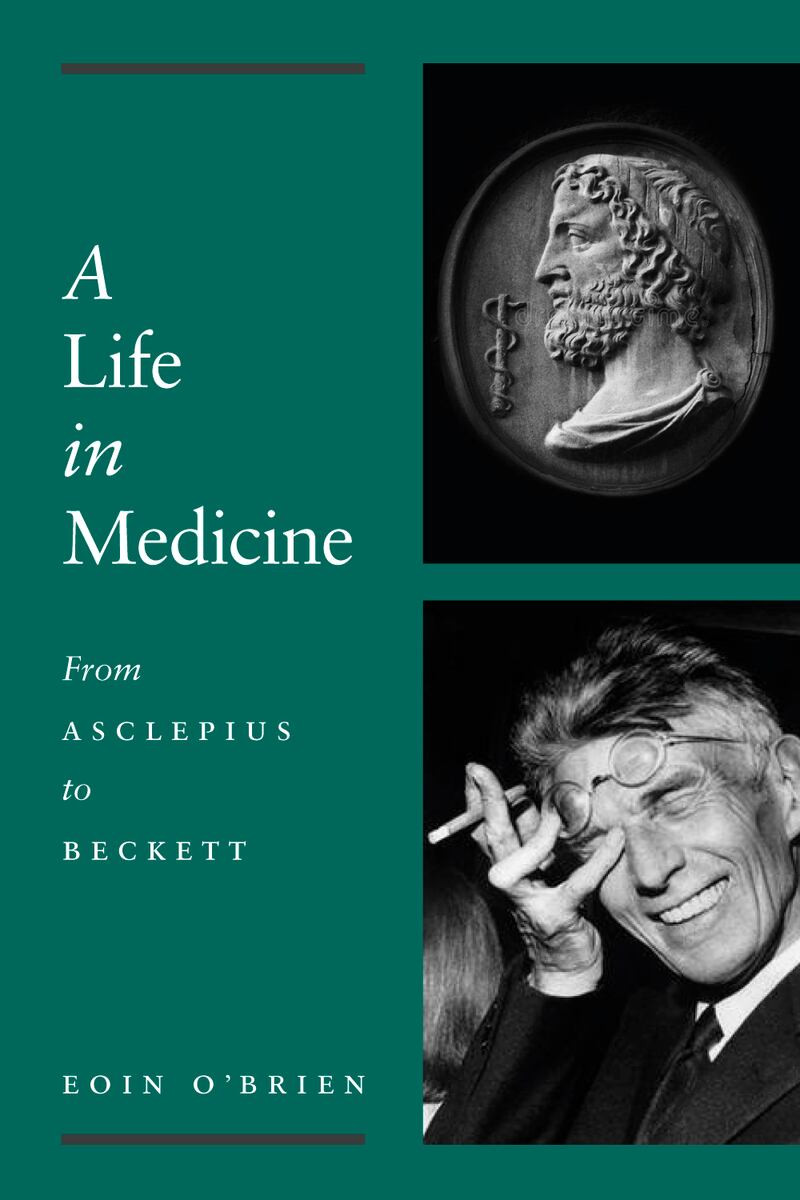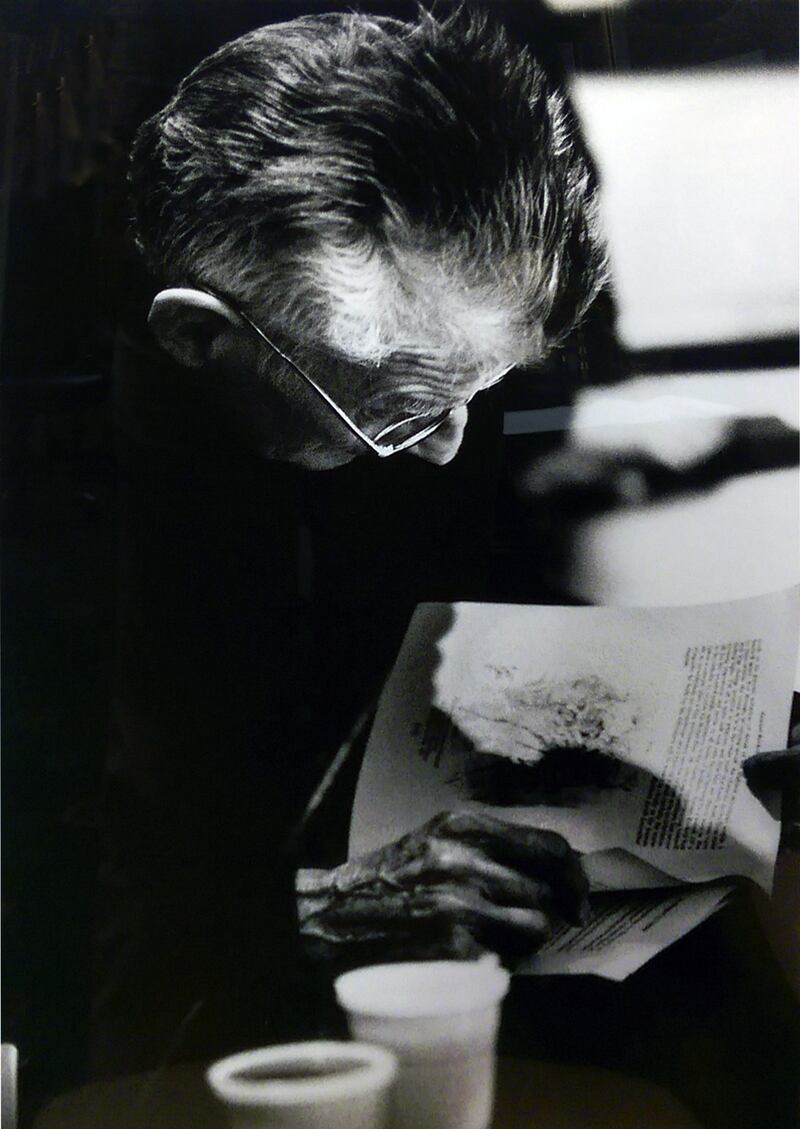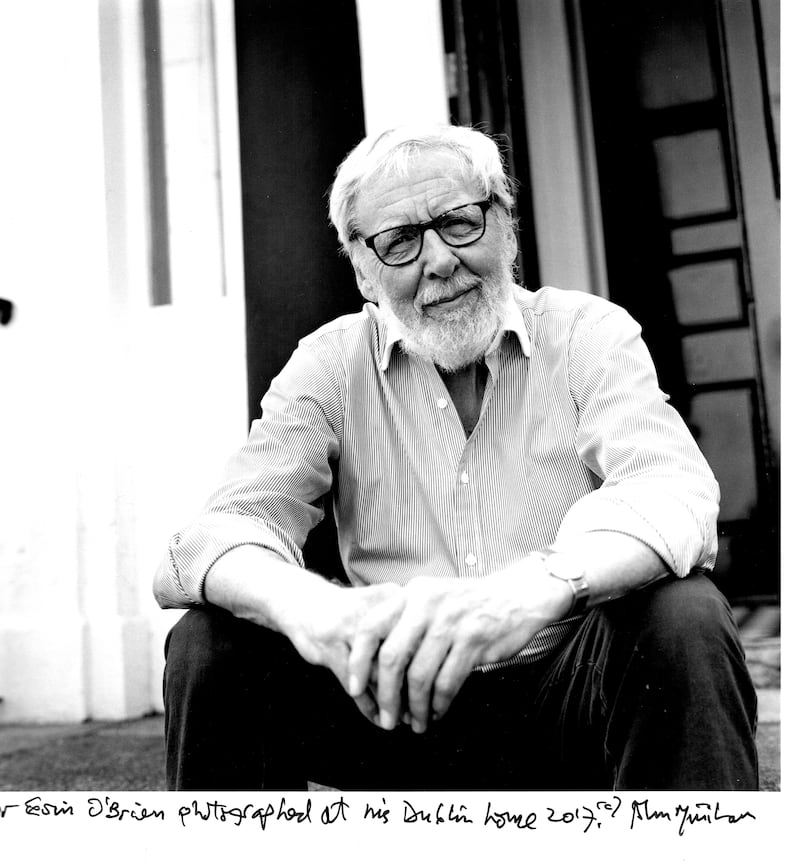Having been a physician for over half a century, I have witnessed remarkable advances in medical science. Diseases such as rheumatic fever and tuberculosis that were often fatal when I began to study are no longer prevalent in affluent countries. Procedures such as coronary artery stenting and keyhole surgery are now commonplace. Yet the benefits associated with these dramatic advances, and the personal feelings of the doctors and nurses who implemented them on the wards or in the emergency departments of hospitals, tend to pass unnoticed.
Doctors and nurses are busy people whose sentiments are largely confined to entries in hospital notes, or to factual reportage in scientific journals, with the mundane and revelatory happenings of contemporary day-to-day practice passing into oblivion without comment. I have tried to redress this omission by letting my reminiscences dictate the narrative.

I have penned histories of hospitals and academic institutes that provided healthcare in Dublin over three centuries. These show that doctors of the Georgian and Victorian periods were more inclined to document their personal experiences in daily practice and to expound on their relationships with people engaged in the arts and literature than their contemporary confrères. Again, I have portrayed day-to-day experiences in my own life as a doctor in the language that memory of the time evoked, and have allowed memory to give voice to my recall of the achievements and idiosyncrasies of my medical colleagues and the influence of creative personalities outside the medical field.
Several factors compelled me to adjust the path of what had seemed initially to be a reasonably straightforward endeavour. Was it not my inalienable right to claim my past, probe it, interrogate it and, in the final analysis, do with it as I wished? It was not to be so. As I began to draw my past from the cerebral sulci in which they had lain dormant since the moment of initiation, I was faced with a startling realisation; in truth, I owned very little of what I was asserting to be ‘my past’. It was as if my past was dependent on myriad other presences, and that I existed merely as a spectator.
Hozier joins Donald Trump, Keir Starmer and Hollywood stars on Time influence list
Look inside: Remarkable Regency renovation in Waterford with showstopping swimming pool for €2.9m
Finding your happy place when you’ve moved for a new job
How to lower the risk of someone stealing the precious data on your phone
The course of my life had been shaped initially by the teachers who dominated my formative years in school and medicine, then by the doctors and scientists who became my colleagues, and by the artists and writers I would befriend. My personal life became less relevant as this world emerged from faded memories into an existence of reality. As I sifted through my memories it became apparent that some of the people who emerged had been unnoticed in the annals of historical record but they had been dominant enough in my life to leave lasting impressions. Moreover, these impressions surpassed the faded recollections of more illustrious figures, who had nonetheless secured historical recognition.
In this intriguing process of recall, my presence became that of an observer, an almost incidental figure, remarking on the actions, attitudes, achievements, and idiosyncrasies of the people around me, but it was they and not me, who gave substance to my recollections. These overlooked and forgotten figures have now been granted a presence that had been denied to them previously. How fragile the thread of existence!
Richard Dawkins admitted that he was filled with astonishment by the simple truism that we were ‘survival machines – robot vehicles blindly programmed to preserve the selfish molecules known as genes.’ The subtlety of genetic penetrance is fascinating. My handwriting, for example, never resembled my father’s until I passed the age of 60, then his and my signatures became almost indistinguishable. So, a dollop of genetic transference had lain dormant for over half a century awaiting its moment of expression, and suddenly there it was – manifest in a signature! Dawkins’s prescient appraisal of the human condition encouraged me to begin my reminiscences by searching for inherited influences that might have shaped my thought and behaviour, rather than beginning, as is commonly the case in memoirs, at the time of my entry into the world.
This line of reasoning led me to revise some erroneous assumptions I had previously regarded as factual. I had harboured the belief that my father’s origins (my paternal grandfather was an officer in the Royal Irish Constabulary) were inferior to my mother’s more glamorous ancestry (my maternal grandfather was Minister Plenipotentiary to the United States of America for the Irish Free State). However, I now see the achievements of ‘the old man with the stick’ (as my paternal grandfather was fondly known) to be as meritorious as those of my maternal grandfather, the ‘Envoy Extraordinary’ but for very different reasons.
After delving into my family background in search of the ‘selfish genes’, I divided the memoir A Life in Medicine into three sections. In the first part I depict my upbringing, education and the figures who helped to shape me from youth to manhood; in the second part I examine my training as a medical student, the post-graduate path to specialisation in the emerging field of cardiology and my involvement in related medical activities such as scientific research, medical journalism, and humanitarian issues; the final part is devoted to my literary and artistic friendships in Dublin and Paris. I admit being attracted also to an appraisal of times past by Desmond O’Grady’s tombstone exhortation: Live full lives: leave some record.

I had a privileged upbringing in postwar Dublin. My education was intensely Catholic in St Conleth’s School, which I was asked to leave, and Castleknock College, from which I departed prematurely. As a young man, I was faced with the choice of abiding by religion, the tenets and practice of which had dominated my existence from childhood, or questioning its influence on my future life. I chose the latter option without realizing the lifelong battle I was embarking upon.
In reflecting on my schooling, I became aware that the issue of physical abuse perpetrated by some errant priests on their charge has tended to supersede consideration of the intellectual harm inflicted on children by the unwavering adherence to Catholic dogma that dominated the teaching of almost every subject. Even though both the schools I attended educated boys who went on to become eminent figures in the professions, business and politics, there is little written about the day-to-day events that shaped their formative years. I have redressed this omission by recounting my memories of these youthful days.
My training as a doctor at the Royal College of Surgeons in the 1950s was unusual and has only been fleetingly touched upon in historical literature. Indeed, the present college, which is unrecognisable from the institute I attended, might view the deficiencies I highlight as a historical embarrassment and prefer that its humble past not be resurrected for critical appraisal. My medical education in the 1950s was inferior in many respects to what the university medical schools of the time could provide. However, there were positive aspects to being a member of their ‘university of life’ as Ulick O’Connor once called it. Aside from these considerations this period warrants documentation if only to record that ‘this is as it once was.’
Moving through specialist training as a cardiologist, I was fortunate to witness the beginnings of truly astounding medical innovations that are now taken for granted. The technological advent of pacemakers and defibrillators, the establishment of coronary care units and cardiopulmonary resuscitation, were watershed moments that would pave the way for coronary artery bypass surgery and cardiac transplantation. The historical recording of these remarkable innovations has been confined largely to scientific journals. I have endeavoured to depict the benefits and the drawbacks of these innovations to the management of cardiac disease from the position of one who was intimately involved in overseeing their implementation.

A career in medicine offers opportunity to indulge in a variety of pursuits that open doors to other related endeavours. I devoted my scientific research to the illness of hypertension, which is today recognised as the leading cause of global disability, affecting over two billion people worldwide. Establishment of one of the first units devoted solely to this illness brought me into friendships with many of the world’s best clinical scientists. I was also drawn into the related disciplines of journalism, humanitarian affairs, and medical history.
My fascination with artistic expression, whether in literature, painting or music brought me into the company of people in a world removed from the practice of medicine but which, nonetheless, often deepened my understanding of human frailty and illness. My friendships with Dublin writers in Baggotonia, where I spent my childhood and student days, have allowed me to recall personal vignettes on many personalities including Brendan Behan, Micheál Mac Liammóir, Nevill Johnson, Niall Sheridan and Denis Johnson.
In Paris I was privileged to be welcomed into a Parisian circle of writers and artists, that included Edith Fournier, Con Leventhal, Barbara Bray and Samuel Beckett. My friendship with Samuel Beckett led me to publish essays and books on his writings. The Beckett Country: Samuel Beckett’s Ireland which he oversaw enthusiastically enabled him to restore the Irish presence to many of his novels, plays, and poetry. A Life in Medicine: From Asclepius to Beckett, is a tribute not alone to medicine but also to one of Ireland’s greatest writers.
A Life in Medicine: From Asclepius to Beckett is published by Lilliput Press and will be launched on May 18th in Dubray Books on Grafton St, Dublin












